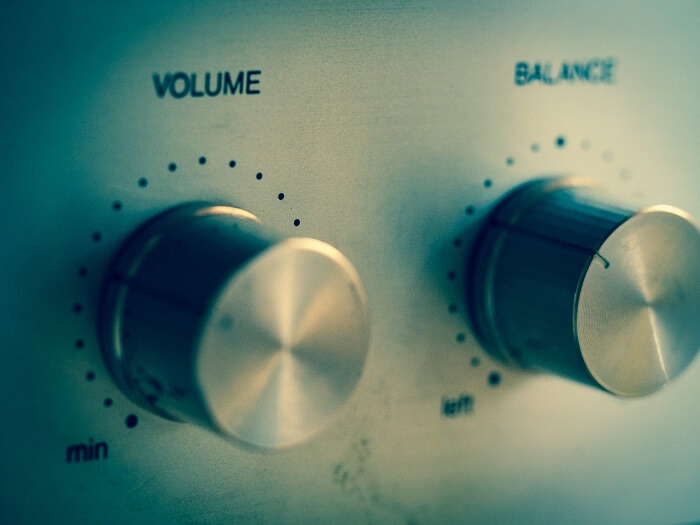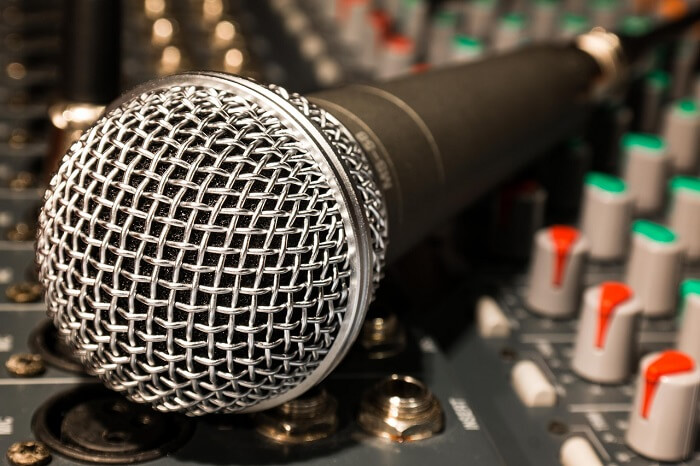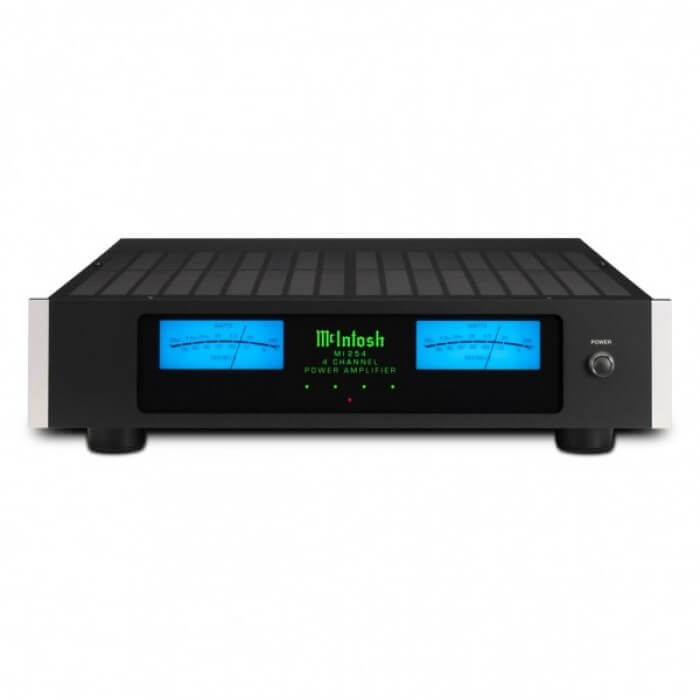- Amplifiers
- 4887 likes
- 51969 views
Characteristics and operation of a class D amplifier
In descriptions of audio equipment, one often hears about a class D amplifier. It may happen in the product sheets of active loudspeakers, or other listening devices.
Today, then, we want to provide some more information about this type of product, which can really transform the sound of one's speakers, improving it and making it unique.
Class D amplifier: what it is and what it means
A class D amplifier is a switching device whose task is to generate pulses subsequent to the emission of a signal that goes from analog to digital, later reformulating a conversion in the opposite direction, that is, from digital to analog.
These are energy-efficient devices, which is also why they are very often identified as the best option for home, portable, and car audio systems.
Early amplifiers of this kind included the presence of an external filter (the so-called low-pass), which basically went to help extract the audio signal from the output stream. Today, however, more modern models do not require filtering, and more efficiently eliminate any electromagnetic interference.
The scheme of operation involves the input of an analog signal, which is reformulated in DAC and always output in analog form to go to the speakers.

The characteristics of class-D amplifiers
Going into detail about these specific amplifiers, it must be said that their approach is different from that of other devices.
Not surprisingly, one of the first things you hear in many discussions about class D amplifiers is that they are much more efficient than class A, B, or AB amplifiers. The latter types are called linear, and they are characterized by power losses, mainly due to the polarization and output transistors, which operate precisely in a linear fashion.
In class D, on the other hand, it is as if the transistors operate as switches, switches that must send current in the direction of the load. This allows very little power to be left on the road, because the few losses are due to the transistors' resistances, switching and quiescent current.
In addition, it should be mentioned that class D amplifiers usually have small heatsinks, or in some cases none at all. This is another reason why amplifiers of this type are particularly well suited to find a place just about everywhere, from smartphones to car hifi systems.
The advantages of class-D amplifiers
As mentioned earlier, the most obvious advantage of class D amplifiers is related to their high efficiency, which is very often around 90 percent. This is higher than class AB amplifiers, which, while offering very often excellent performance, approach an efficiency of 50% to 70%.
To translate everything into numbers, one can think of an amplifier rated at 600 W. In the case of a class D, the actual power (that which is then really delivered by the speakers) is around 540 W. It is worth specifying that, in theory, the efficiency rating should be 100%, but very often the actual figure is, as seen, around 90%.

Switching and linear amplifiers: differences
Class D amplifiers are referred to as switching amplifiers. This is because we refer to the very operation of the device.
These devices take the analog input signal, recreating a kind of PWM( pulse-width modulation) replica of it. This is a sequence of pulses that corresponds to the amplitude and frequency of the input signal.
The PWM signal is amplified by an output phase, which operates precisely in switching mode. This means that each PWM pulse is fed back to two states, active and inactive. Herein lies the difference with linear amplifiers. In these, the output stages constitute a continuous form (higher than the waveform in class AB and equal to the waveform in class A), reducing yes heat generation, but also efficiency.
Returning to the PWM waveform, this is finally transferred to the speakers by a process that is analog in nature: in essence, the pulse packet is recreated in the form of an audio signal.
How do class-D amplifiers sound?
When it comes to class-D amplifier devices, it is obvious that the biggest questions are: what are they priced? How do they sound? How do they make my favorite music?
Trying to analyze the situation as clearly as possible, we have to say that making an absolute judgment seems really complicated. In the world of hifi, establishing the quality of an amplifier is perhaps one of the topics that faces the greatest subjective interpretations.
And it could not be otherwise. One has to consider one's audio setup, the amount of hifi equipment, or perhaps musical instruments. Maybe even digital or Bluetooth devices.
And so, is there anything that can help you understand how class D amplifiers sound compared to other amplifiers? The most sensible answer, in our opinion, corresponds to one of the basic rules of hifi: listen with your own ears and get an idea.
It would be worth little to stand here branding these amps in a certain way, perhaps saying "they are absolutely neutral" or "they can best drive any speaker that exists on this planet."
Therefore, a priori preferring class AB over class D (and vice versa) does not seem to be the right approach. Only experience and listening can provide an answer, which again, however, may be subject to strong personal evaluations.
What is the best class D amplifier?
To answer this question, we would have to make the same preamble as in the previous paragraph. Which would be: it is not correct to say what is the best class D amplifier, because so many factors intervene in the choice that it is really difficult to decide. This is a discussion that we also had a chance to make our article dedicated to closed headphones.

One possible recommendation, in any case, could be the McIntosh MI 254. A major power amp, it drives speakers on 4 ohm and 8 ohm impedance, offers balanced and unbalanced connections and unique technologies to prevent overloads and other interference. Then, of course, there is all the charm of the American brand's equipment to consider, with its famous VU meters and delightful vintage styling.
In any case, the best class D amplifier is the one that sounds exactly according to one's preferences.To look for it, you can rely on the proposals of Hi-Fi Prestige. We offer stereo amplifiers, power amplifiers, integrated amplifiers, preamplifiers, and receivers of the best brands.
Feel free to take a look at our catalog, and do not hesitate to inquire about any doubts or curiosities.